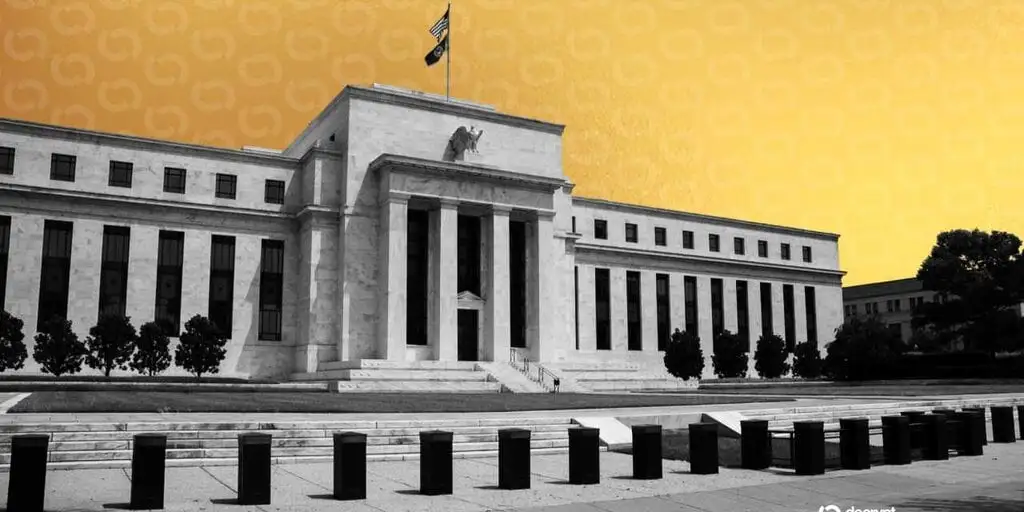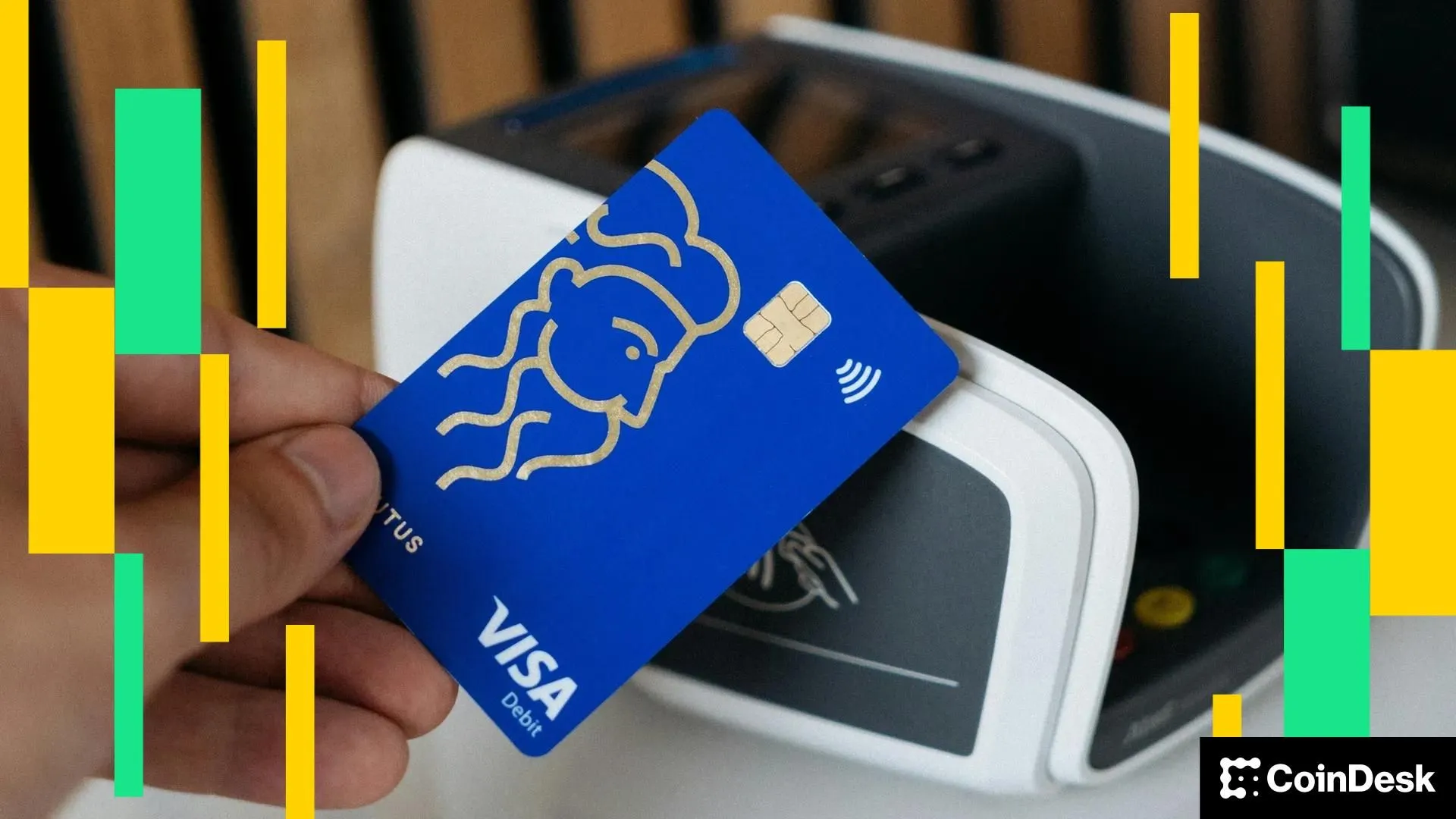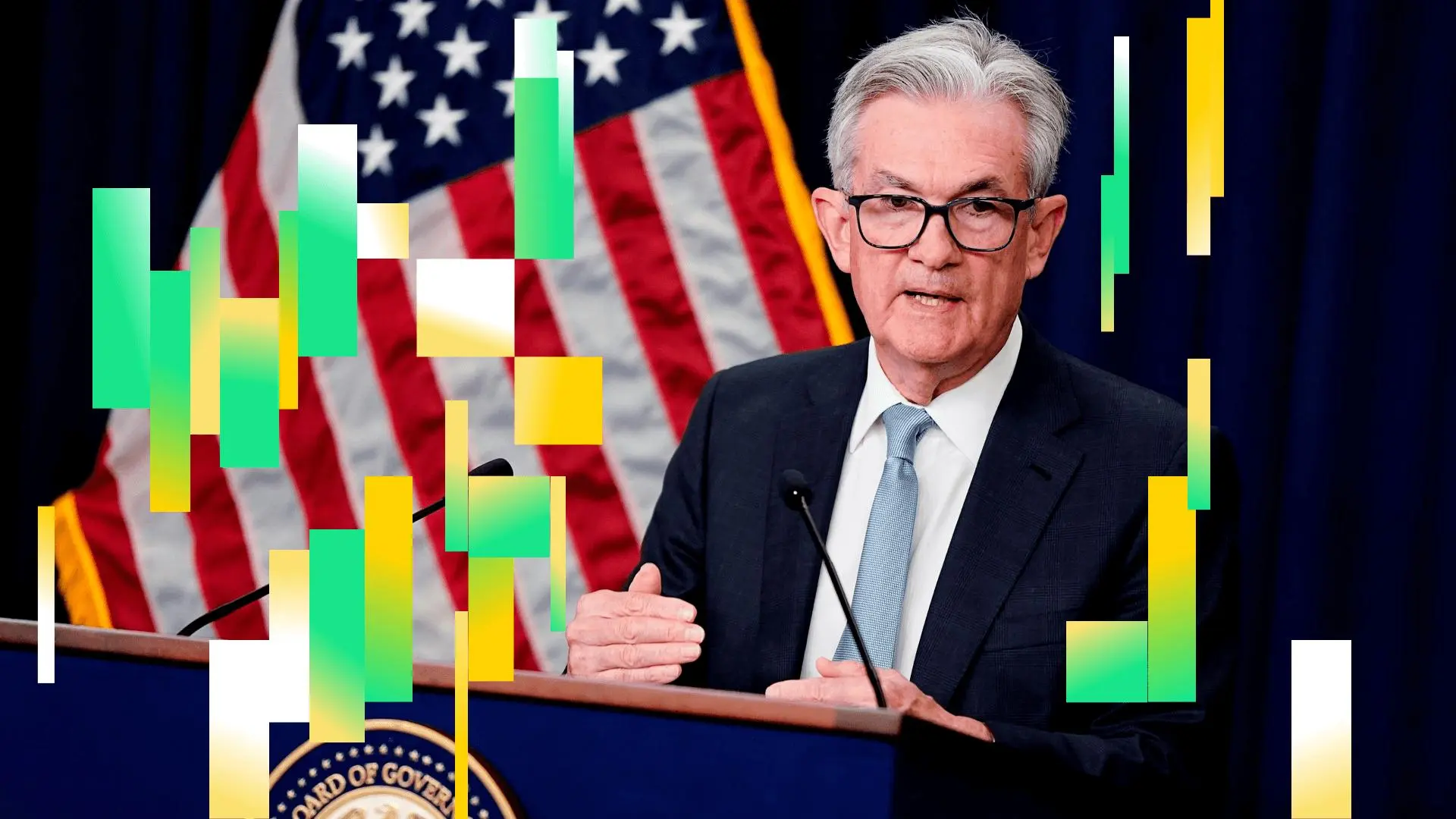This article is reprinted with permission from Bitpush, author: Seed.eth, copyright belongs to the original author.
S&P Global Ratings has assigned Strategy Inc. (formerly MicroStrategy) a long-term credit rating of B- with a "stable" outlook.
On the surface, this is a "non-investment grade" rating. However, when placed in the context of the development of the cryptocurrency industry, this result reveals a deeper issue: traditional rating models still exhibit significant understanding and valuation biases when faced with emerging paradigms like "Bitcoin treasury companies."
The business model of Strategy is already quite clear: it raises funds through various means such as issuing stocks, convertible bonds, preferred shares, and bonds, continuously purchasing Bitcoin, and has accumulated approximately 640,000 Bitcoins to date.
This means that the company's core logic does not rely on software business profits but is committed to building a new corporate structure centered on Bitcoin assets, supported by capital market financing capabilities. The traditional standards used to evaluate "operating companies" have essentially become ineffective in this context.
However, S&P still adhered to its inherent framework in the rating report, emphasizing the following risks: excessive concentration of assets in Bitcoin, a singular business structure, weak capital strength after risk adjustment, insufficient dollar liquidity, and the "currency mismatch" issue where debt is denominated in dollars while assets are primarily in Bitcoin.
Historically, credit rating agencies like S&P have not always been accurate during significant financial transformation periods.
Looking back to the mid-2000s, U.S. structured financial products (especially CDOs backed by subprime mortgages) received high ratings upon issuance, many even labeled as AAA. Research indicates that approximately 727 "asset-backed CDOs (SF ABS CDOs)" were issued in the U.S. between 2005 and 2007, totaling about $641 billion, and these products faced write-downs of approximately $420 billion after they collapsed.
Sources like Wikipedia state: "Many CDOs issued between 2005 and 2007, after receiving the highest ratings, were downgraded to junk status or suffered principal losses by 2010." In these events, financial giants like Lehman Brothers were deeply entangled in CDO and MBS assets, and when the value of these assets plummeted and leverage spiraled out of control, it ultimately led to bankruptcy or acquisition.
In other words, the rating agencies that once deemed structured products as A (or higher) ended up being disaster zones. This illustrates a fact—when the market changes, old models are prone to misjudgment.
Returning to Strategy, perhaps traditional rating agencies see that it lacks traditional diversified income, liquidity may be suppressed by Bitcoin volatility, and the fact that debt is dollar-denominated while assets are Bitcoin-denominated means that if Bitcoin crashes, the debt repayment chain may be compromised. But at the same time, the industry is also recognizing a fact: the reason the Strategy model works is that capital markets, global Bitcoin liquidity, and institutional funds provide the underlying support. Traditional models have not fully incorporated this logic.
Not only S&P, but many well-known traditional investment research institutions are viewing cryptocurrency asset companies through an outdated framework.
For example, Charles Schwab's Schwab Equity Ratings system (A to F rating, with F being the lowest performance expectation) has almost consistently rated Coinbase (COIN) and MicroStrategy (MSTR) as F over the past 3-5 years.
What has happened during this time?
COIN has doubled multiple times from 2022 to 2025, yet Schwab still maintains an F rating.
MSTR has seen an increase of over 1000% since 2020, and Schwab still maintains an F rating.
Even in quarters where MSTR's actual performance far exceeded analyst expectations, the rating remained unchanged.
This is not a one-time occurrence but a consistent low rating over the years.
In other words: prices are changing, markets are changing, Bitcoin narratives are changing, but the model has not changed.
Schwab is not "wrong"—it simply insists that these companies "do not conform to traditional profit logic" according to its modeling logic.
Similarly, Moody's and S&P have long maintained Coinbase's credit rating in the speculative range, citing reasons such as:
High business volatility
Revenue dependence on market cycles
Lack of predictable cash flow
Excessive concentration of risk exposure
Sound familiar? This is the same template used to justify the B- rating for Strategy.
In fact, it is not complicated: the root of the problem lies in their continued use of the previous generation's valuation models to measure the next generation's asset forms.
Traditional financial institutions are not unprofessional; they simply adhere to their own established thinking language. In their cognitive system, a quality asset must generate predictable cash flow, a healthy business must operate stably in a low-volatility environment, and its valuation must strictly follow comparable company analysis or income method models.
However, the emerging cryptocurrency treasury companies tell a completely different story. Their core logic is: "We do not rely on traditional operating cash flow to support asset value, but rather obtain strong financing and market confidence through innovative asset structures." This is not a simple right or wrong debate but a profound paradigm shift.
Therefore, S&P's B- rating for Strategy is not the key issue. The truly symbolic signal is that the new model represented by Bitcoin treasuries has developed to a point where the traditional rating system can no longer ignore it and must attempt to "explain" it.
But we must recognize that "explanation" does not equal "understanding," "understanding" does not equal "acceptance," and "acceptance" does not mean it will be incorporated into the mainstream framework. The cognitive shift of the old system will be as slow as a glacier moving—it will eventually awaken, but it will not happen overnight.
History has repeatedly proven that entirely new market patterns often quietly take shape in the space between the old system being "half-asleep and half-awake."
Writing Bitcoin into the company's balance sheet has transitioned from a pioneering experiment to an established fact. Whether the traditional world recognizes it, accepts it, or truly understands it is merely a matter of time.
Related: S&P rates Strategy as B- due to its focus on Bitcoin (BTC) strategy
Original article: “S&P Rates Strategy at B-: The 'Old System' That Can't Be Awakened”
免责声明:本文章仅代表作者个人观点,不代表本平台的立场和观点。本文章仅供信息分享,不构成对任何人的任何投资建议。用户与作者之间的任何争议,与本平台无关。如网页中刊载的文章或图片涉及侵权,请提供相关的权利证明和身份证明发送邮件到support@aicoin.com,本平台相关工作人员将会进行核查。




